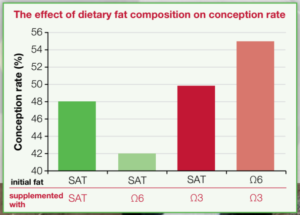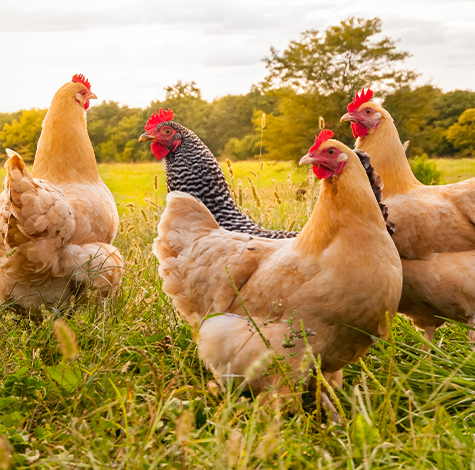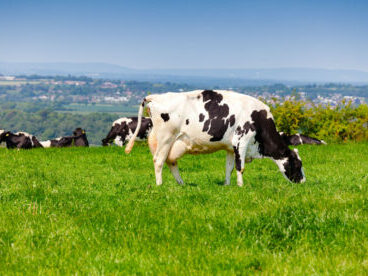UFAC-UK Sales Manager Mike Chown suggests feeding cows with omega 3s from marine sources will help improve efficiency by capturing some of the familiar benefits of fishmeal.
Marine mentality for modern diets
UFAC-UK Sales Manager Mike Chown suggests feeding cows with omega 3s from marine sources will help improve efficiency by capturing some of the familiar benefits of fishmeal.
Fishmeal used to be an excellent feed for dairy cows and is greatly missed by many producers. Before 2001, fishmeal provided not only an excellent and essential protein (DUP), but it also supplied omega 3’s from oil. Following the ban, protein sources have been introduced that provide an alternative source of DUP. However, these specific long chain omega 3’s have not been replaced, with a consequent impact on fertility.
The principle omega 3s, EPA and DHA are not supplied in most current diets so cows have to produce them from other sources. Modern thinking is that cows have to rely on producing these long chain omega 3s from the shorter chain omega 3 (C18:3) that are found in reasonable levels in grazed grass but lower quantities in conserved forages. Research proves that this is not an effective process, leaving cows short of these essential fatty acids.
Trials at the University of Florida demonstrated that feeding a balanced fatty acid profile, including Omega 3’s from by-pass marine oil, allows farmers to regain the lost fertility benefits of fish meal.
These include a reduction in calving to calving index and better conception rates often regaining the 60% first and second service rates seen when fishmeal was fed. The graph shows the effect of adding omega 3 from marine to dairy diets. Most UK diets fall in the two left hand columns where diets contain predominantly saturated fats and omega 6 oils. The work also showed adding omega 3 greatly reduces early embryo loss.
In addition, the trials showed a positive effect on milk yields with increases of up to 10% with no impact on milk quality. There was also an increase in feed efficiency, resulting in more production from forage. The trials also showed the optimal ratio for Omega 6: Omega 3, is 4:1. UFAC products are tailor made to provide this optimal ratio and incorporate omega 3s from marine sources which are the most efficient source for dairy diets.



 Back to News
Back to News 



